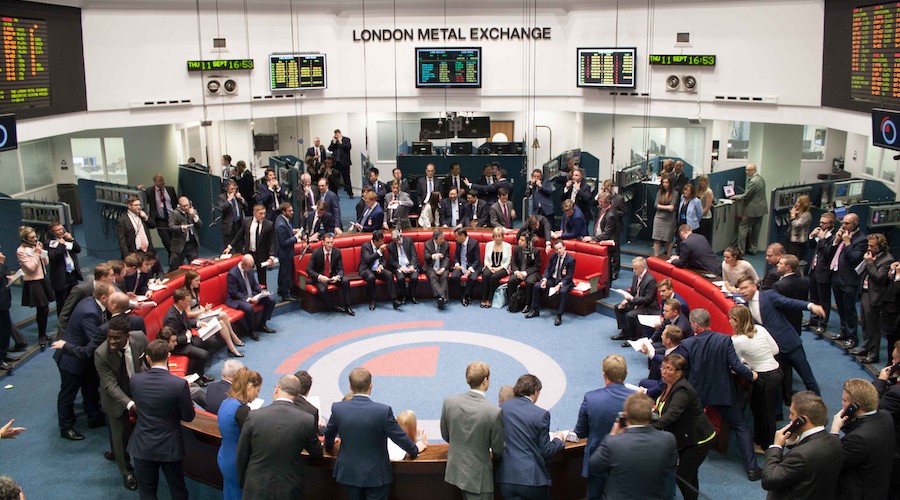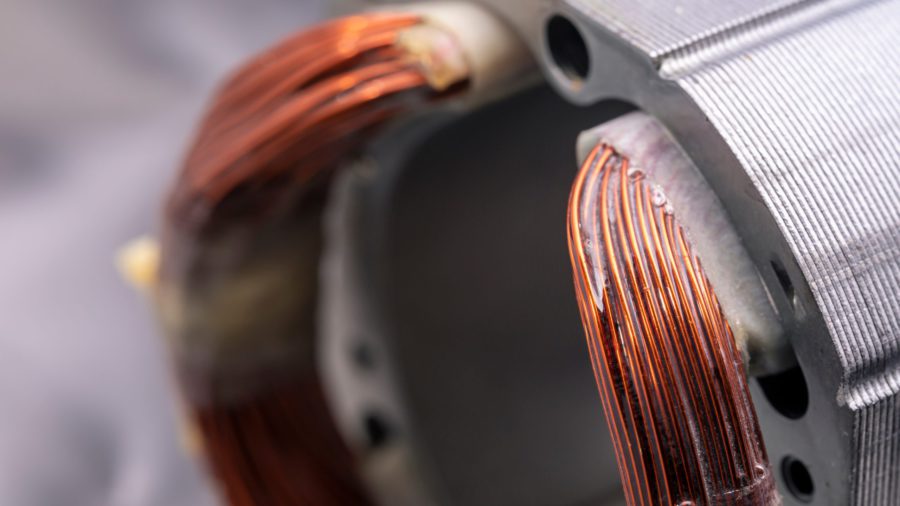Column: LME brand approval cements Indonesian nickel ascendancy

The London Metal Exchange (LME) has approved the listing of the first ever Indonesian brand of refined nickel.
“DX-zwdx” isn’t the most memorable of historical markers but the new brand’s inclusion on the LME good delivery list represents a watershed moment for the global industry.
Five years ago Indonesia produced just 600,000 metric tons of nickel and shipped most of it as unprocessed ore to China, where it was alloyed into stainless steel.
Last year the country mined 2.03 million tons of contained metal, accounting for over half the world’s production. It now exports a spectrum of nickel products, including refined metal of a purity acceptable for LME delivery.
For Indonesia it’s a vindication of its policy of forcing miners to move downstream by banning ore exports from 2020.
For the LME it’s a welcome liquidity booster as it looks to rebuild its nickel contract after the crisis of 2022.
For everyone else, though, the conversion of Indonesian production power to market power may be more problematic.
New nickel powerhouse
Indonesia’s ban on the export of unprocessed ore didn’t go down well with other countries. The European Union won a case against the country at the World Trade Organization in 2022.
President Joko Widodo shrugged off the ruling with an “it’s okay”. An appeal was swiftly lodged. The export ban remains in place.
Although controversial, the policy has been undeniably successful, not only in terms of outright nickel production but also in terms of product mix.
Nickel producers, many of them Chinese, have worked out how to convert Indonesia’s relatively low-grade nickel resource into forms of the metal that can be used in electric vehicle batteries.
The new “DX-zwdx” brand, grading a minimum 99.8% pure nickel, is the culmination of that technical evolution. PT CNGR Ding Xing New Energy, a joint venture between Chinese battery materials group CNGR Advanced Material Co. and a local company, can produce 50,000 tons of full-plate metal to that specification every year.
Other operators will likely follow as Indonesia’s relentless drive to capture an ever greater part of the battery materials value chain rolls on.
Changing export flows
Indonesia’s shifting role in the global nickel supply chain is captured by the country’s trade with China, its main nickel customer.
Back in 2018 the flow of nickel between the two countries was exclusively in the form of ore or nickel pig iron (NPI), the first stage of process upgrade required by the Indonesian government.
China’s imports of Indonesian ore dried up after the 2020 ban but imports of Indonesian ferronickel, a customs code that includes NPI, have mushroomed from 600,000 tons to 7.9 million in 2023.
As Chinese players have opened up new processing routes to battery-grade nickel sulphate, ever more products are showing up in the two countries’ trade.
China imported zero nickel matte from Indonesia before 2022 because no-one in Indonesia produced it. Imports last year amounted to 301,000 tons.
Imports of intermediate products such as mixed hydroxide precipitate have grown from nothing to 830,000 tons over the same time-frame.
Now Indonesia is exporting both nickel sulphate and refined nickel to China.
Flows of sulphate only began early last year and amounted to 60,000 tons. Volumes were already above 40,000 tons in the first three months of this year.
The first shipments of Indonesian refined metal to China kicked in last December and grew to 4,250 tons in the first quarter of 2024. Indonesia has been China’s second largest supplier of refined nickel after Russia so far this year.
Structural shift
Not that China needs much refined nickel these days.
It is importing increasing amounts of Indonesian intermediate products and producing ever more of its own.
China’s net imports of refined nickel fell from 256,000 tons in 2021 to 133,000 tons in 2022 and to just 55,000 tons in 2023.
The country’s exports outstripped imports in March for the first time since 2014.
CNGR Advanced Material Co. also produces refined nickel on home soil. Its “CNGR” brand, produced at an annual rate of 12,500 tons, was listed by the LME in February.
Huayou Cobalt, which has invested heavily in Indonesia’s nickel sector, has also received LME approval for two of its Chinese brands.
The LME, keen to attract physical liquidity to its contract after having to suspend trading in 2022, has approved five new Chinese brands with deliverable annual production capacity of 79,100 tons.
Or 129,100 tons if CNGR’s Indonesian plant is included.
Eastwards drift
The emergence of a Sino-Indonesian production hub of high-purity Class I nickel has come at a useful time for the LME.
The latest sanctions package prohibits the LME from accepting deliveries of metal produced after April 12 by Russia’s Norilsk Nickel.
With annual production of over 200,000 tons, Norilsk has historically been a big liquidity provider to the Class I segment of the nickel market.
Russian metal accounted for a third of LME nickel stocks at the end of April. But the amount of Chinese nickel in the system has grown from zero in August last year to 12,096 tons.
Partly thanks to deliveries of the new Chinese brands LME inventory has risen steadily this year, hitting a two-year high of 84,090 tons last week.
The composition of LME stocks, though, is starting to drift eastwards. It will continue to do so because the LME-delivery capacity of the Class I market is also drifting eastwards.
This puts a lot of potential trading power in the hands of the Chinese companies building out refined metal capacity in both China and Indonesia.
And it’s only going to grow.
Indonesia’s nickel production boom shows no signs of ending any time soon. The country’s mined output grew by another 19% year-on-year in the first three months of 2024, according to the International Nickel Study Group.
Incoming president Prabowo Subianto has said he will follow his predecessor’s ambition of leveraging the country’s nickel resource into a global electric vehicle hub.
The outgoing administration has just added 16 programs to its list of strategic projects that will receive state support, including five industrial parks for nickel processing.
There’s a lot more Indonesian nickel still to come. And some of it may well be coming to the LME.
(The opinions expressed here are those of the author, Andy Home, a columnist for Reuters.)
(Editing by Mark Potter)
{{ commodity.name }}
{{ post.title }}
{{ post.date }}


Comments
Dr Jonathan Hall
I have never read an article that gaslights so much. All reuters articles are handmaidens to the Chinese nickel industry whose sole interest is in cheap cheap nickel. Who owns the LME why a Hong Kong company linked to Chinese nickel interests.
The rubbish and false narratives created around Indonesian’s class one nickel is absolutely extraordinary.
The facts are at the moment Indonesia only has an ability to produce about 250,000 tons of Class 1 nickel a year a drop in the proverbial bucket.
All these new technologies they are energy intensive ESG non compliant and terribly terribly environmentally damaging. Lets take nickel matte the previous great find, only 40% of nickel matte survives processing to Class 1 nickel, the additional costs of refining are between $3,000 and $5,000 dollars a ton, and its hugly hugly high in emissions processing. No european or US companies will buy the product.
No US or European or Korean or Australian or anybody outside China will buy Indonesian Class 1 nickel because the dirty production and the failure to meet emission standards.
Why do you think the LME opposes a “green” class 1 nickel pricing mechanism, because it knows Indonesian nickel and nickel consumed by China will fail the developed worlds ESG standards.
The deluge of demand from Europe and America for Class 1 nickel at the appropriate ESG standards is coming and Indonesia can;t cut it.
Indonesia in the ascendency I don’t think so!